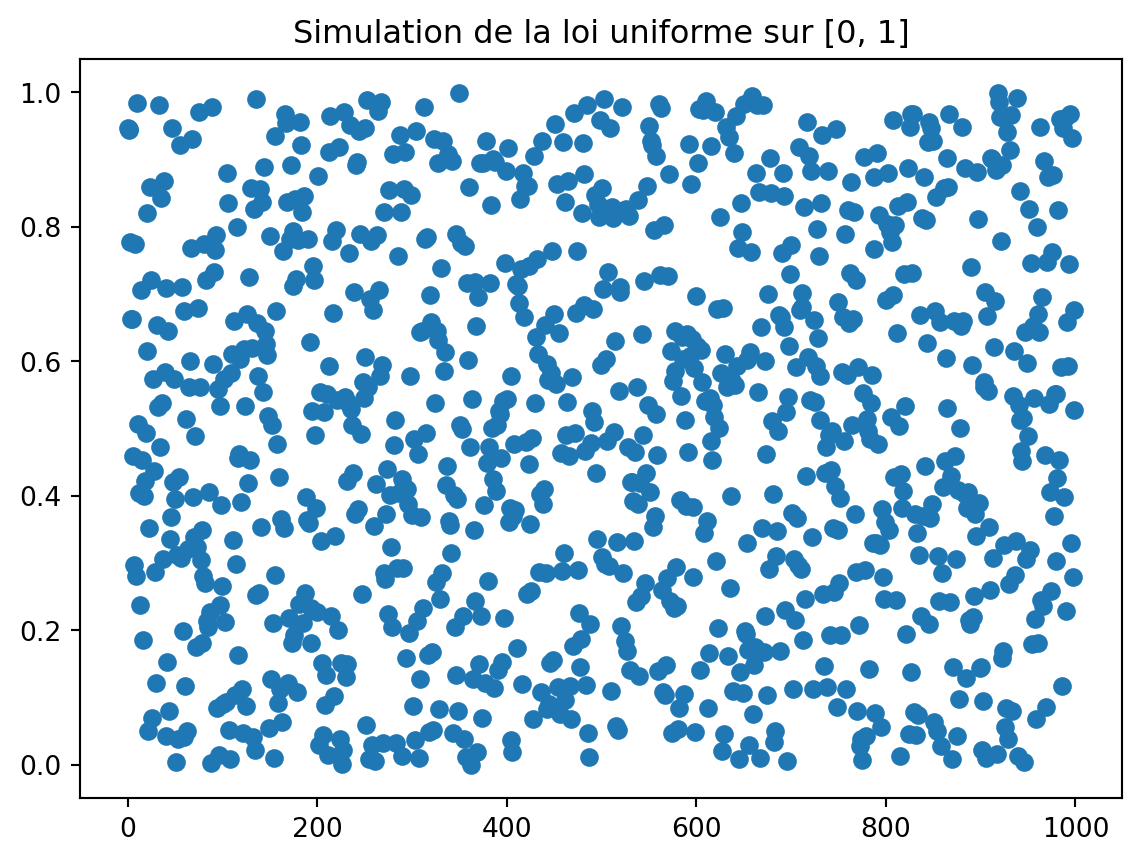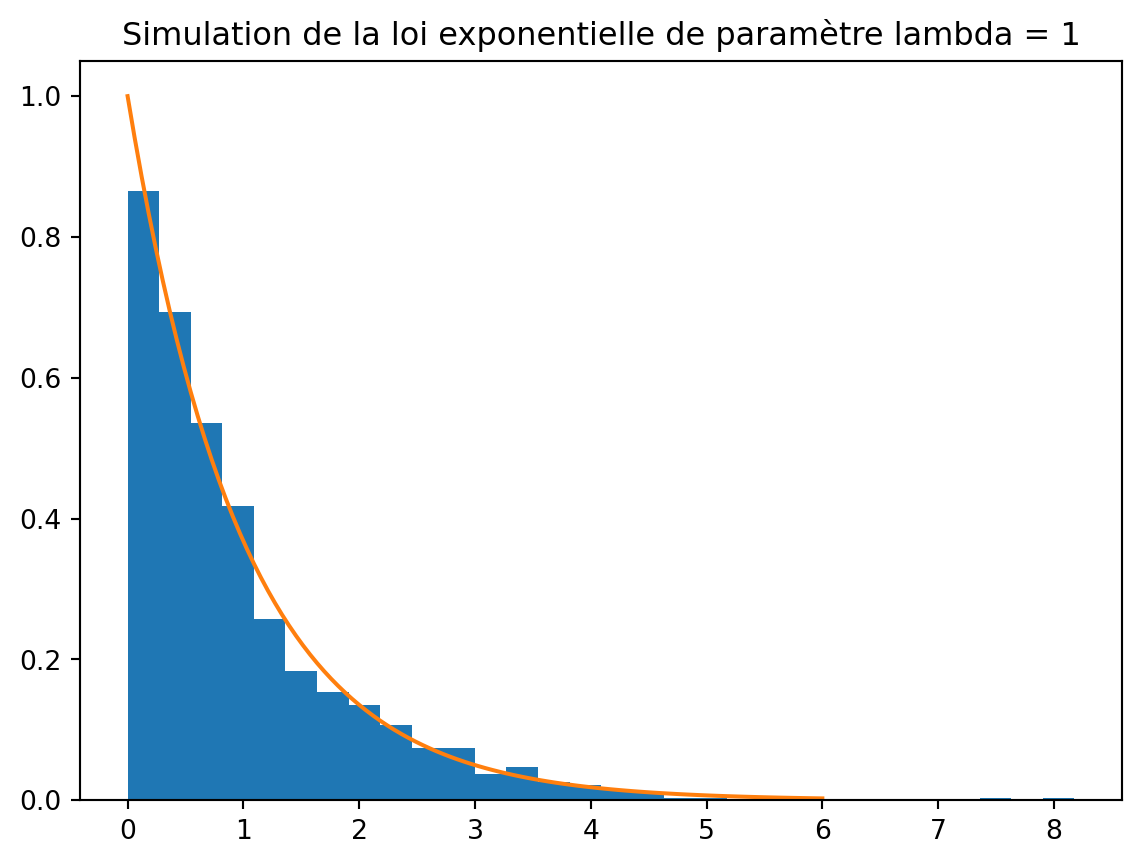Introduction
In the context of a project on copula theory, I realized that simulating random variables is not as simple as it seems. I have therefore decided to delve into the subject. In this paper, we will focus on the simulation of a real and continuous random variable X. We will use the strengths of the Python language to empirically address (with observed data) the distribution of a random variable, the law of large numbers, and the central limit theorem. I will be inspired by the book “The R Software: Mastering the Language - Performing Statistical Analyses” by Pierre Lafaye de Micheaux, Rémy Drouilhet and Benoit Liquet. I think this book is very interesting for any beginner in statistics and programming. It is very well written and very pedagogical. I highly recommend it.


